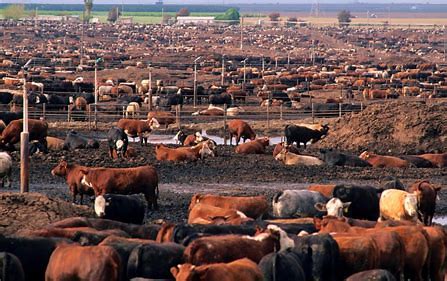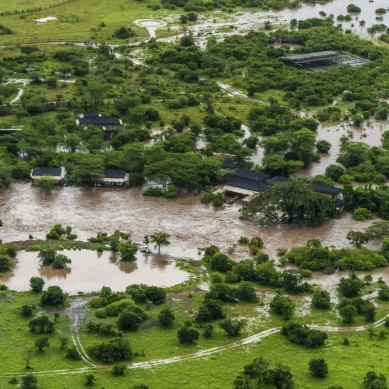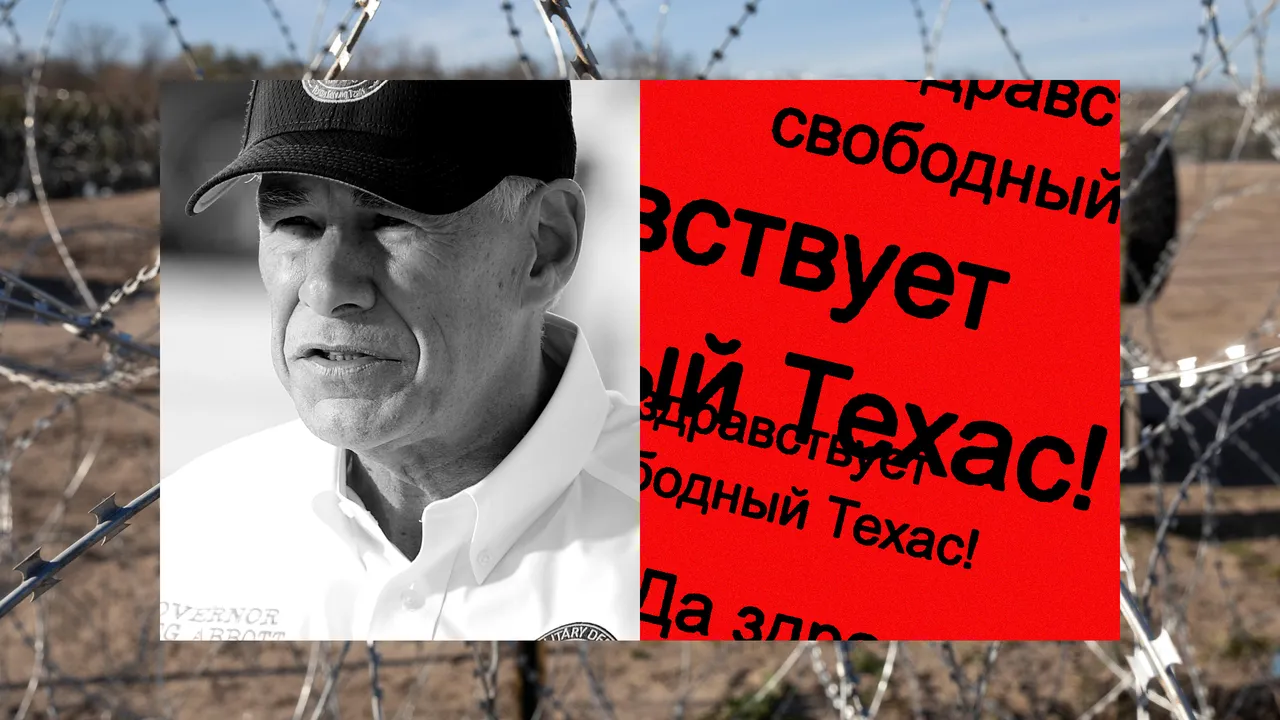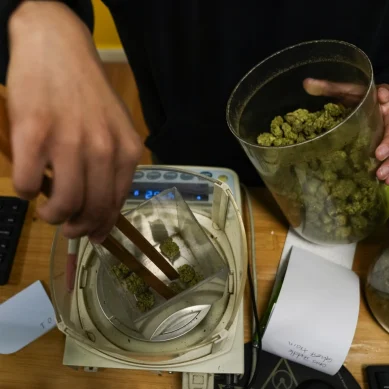
Over the past eight years, the American Farm Bureau Foundation for Agriculture (AFBFA) has produced industry-backed lesson plans, learning resources, in-person events and webinars as part of a programme to boost the cattle industry’s reputation.
Beef has one of the highest carbon footprints of any food, but AFBFA funding documents reveal that the industry fears that science teachers are exposed to “misinformation,” “propaganda,” and “one-sided or inaccurate” information. The campaign from the AFBFA – a farming-industry-backed group that educates Americans about agriculture – is an attempt to fight back and leave school teachers with a “more positive perception” of the beef industry, the funding documents reveal.
According to survey data included in these documents, educators who attended at least one of the AFBFA’s programmes were 8 per cent more likely to trust positive statements about the beef industry. Some 82 per cent of educators who participated in a programme had a positive perception of how cattle are raised, and 85 per cent believed that the beef industry is “very important” to society.
The beef industry “knows it has a trust issue,” says Jennifer Jacquet, a professor of environmental science and policy at the University of Miami. The industry is attempting to influence public opinion by starting with children, says Jan Dutkiewicz at the Pratt Institute’s Department of Social Science and Cultural Studies.
Dutkiewicz points out that one of the AFBFA’s objectives outlined in its most recent funding document is to run events that “engage educators and students … to increase their understanding and positive perceptions of the beef industry.”
Daniel Meloy, executive director of the AFBFA, says he hopes that the programmes will help students think critically about the messages they receive from all sources “and be able to gain a greater understanding of agriculture through science education.”
The AFBFA is a contractor to Beef Checkoff, a US-wide programme in which beef producers and importers pay a per-animal fee that funds programmes to boost beef demand in the US and abroad. In 2024, Beef Checkoff has approximately $42 million to disperse across its initiatives, and a funding request reveals that the AFBFA’s campaign for 2024 is projected to cost $800,000.
The allocation of Beef Checkoff funding to programmes like this is approved by members of the Cattlemen’s Beef Board and the Federation of State Beef Councils, two groups that represent the cattle industry in the US.
One lesson plan provided as part of the programme directs students to beef industry resources to help devise a school menu. In another lesson plan students are directed to create a presentation for a conservation agency regarding the introduction of cattle into their ecological preserve.
A worksheet aimed at younger students has them practise their sums by adding up the acreage of cow pastures. Another worksheet based around a bingo game aimed at 8- to 11-year-olds asks teachers to “remind students that lean beef is a nutrition source of protein that can be incorporated in daily meals.”
Science teachers in many states are currently updating their lessons to incorporate the Next Generation Science Standards (NGSS) – a set of teaching guidelines that encourage educators to place more emphasis on how science is used in the real world. AFBFA funding documents show that the foundation intends to use the adoption of the NGSS as an opportunity to provide teachers with learning materials that relate to the beef industry.
“Furthermore, NGSS requires teachers to approach challenging topics such as climate change and sustainability,” reads an AFBFA funding authorisation request for its education programme. It continues: “Teachers and students are receiving information from educationally trusted sources that do not represent agriculture accurately or in a balanced way, and beef production is often the target of misinformation. To achieve balance and to ensure the accuracy of information, a concerted effort must be made to engage teachers in the conversation around these topics.”
Dutkiewicz says that food production should be taught in US schools but that industry-funded material is unlikely to provide objective information about the impact of beef production. “I worry that clearly partial resources that are strategically designed to achieve a corporate messaging are being provided by a Checkoff programme,” he says.
The AFBFA campaign also includes in-person events where educators visit ranches or other parts of the beef supply chain. In 2023, 29 teachers and school administrators from across the US visited Denver for a three-day event hosted by the Colorado Beef Council. Similar events have taken place in Minneapolis, Nashville, Oklahoma City and Syracuse in New York, since 2019. The Denver event also included three webinars.
According to Meloy, the programme is primarily aimed at high and middle school teachers. Each of the AFBFA’s “On The Farm” immersive events hosts up to 30 educators and participants at the most recent event represented over 70,000 students.
The most recent funding proposal from the AFBFA sets out the programme’s goals for 2024. The organisation hopes to reach 2.5 million educators with its classroom resources and in-person events, plus an extra 125,000 “key opinion leaders.”
The beef industry is particularly interested in reaching younger people who may be less likely to eat beef. “They’re really worried about younger generations,” says Nusa Urbancic, CEO at the Changing Markets Foundation, an environmental NGO. Teachers are a useful way to influence young people because they have credibility, Urbancic says.
Getting beef-industry-funded learning resources in front of young people is also an opportunity for the industry to paint eating beef as a socially and environmentally acceptable thing to do, says Jacquet. The AFBFA classroom resources tend to prominently feature images of cattle in open fields. While most cows farmed in the US spend their first year or more on pasture, the majority are confined in concentrated animal feeding operations for the final six months of their lives. According to one analysis by the nonprofit Sentience Institute, some 70 per cent of US cattle are factory farmed in this way.
Meloy argues that AFBFA’s programmes are designed to use the most current science applied to authentic and relevant contexts. “This programme’s resources do not promote or encourage students to make a predetermined decision. Scientific accuracy is our focus and is demanded by the K-12 Framework for Science Education and built into the NGSS,” he says.
For 2024, the AFBFA wants to provide teachers with even more online resources to learn about the beef industry. The funding request for this year also suggests that the AFBFA will work more closely with state beef councils to implement the educational programme.
The expansion of this effort worries Jacquet. The meat and dairy industry is a well-organised machine, she points out, with its lobbyists attending COP28 in record numbers. “It’s a little terrifying to me that I don’t see anyone out in front of this – I don’t see the counterpoint to what they’re doing in schools,” she says.
- A Wired report











